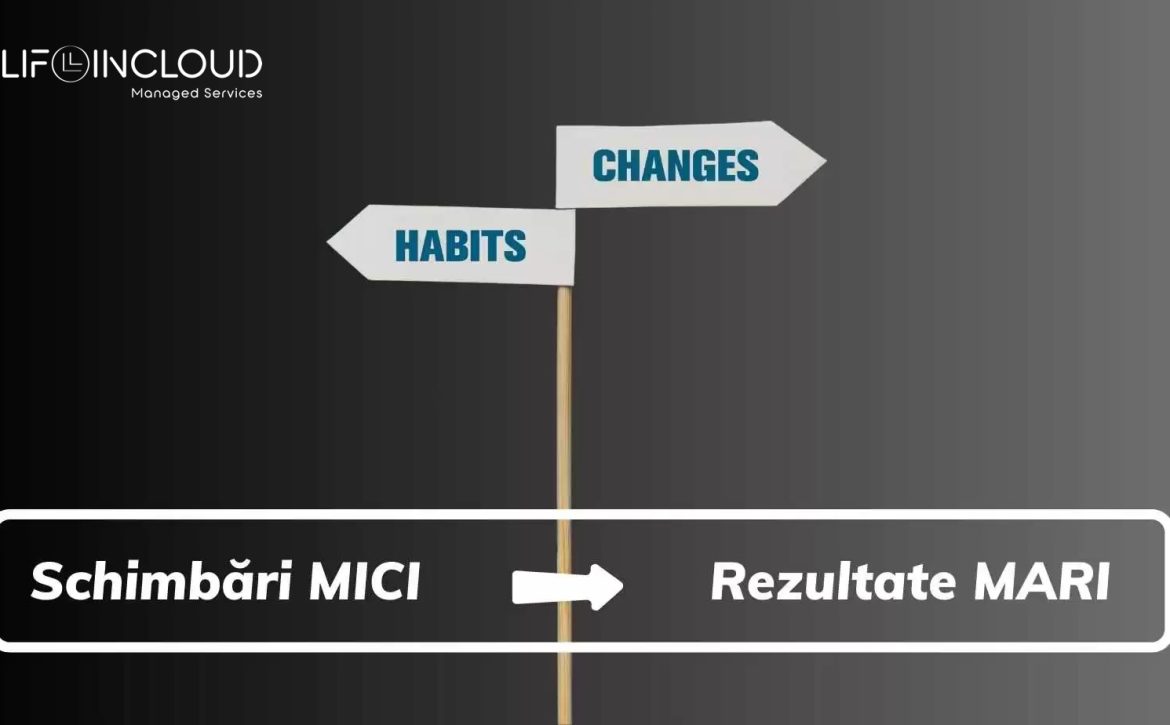Business model today: what has changed and how we sell today
The business environment is constantly changing to keep up with consumer preferences. In a world of heightened consumerism, people are changing their needs, choosing not to collect things but experiences. More content, more movies, more fun and usefulness in what we do, but without the need to have to collect things. In “Subscribed”, Tien Tzuo (founder of Zuora, a company that provides software solutions for subscription-based businesses), explains a shift in consumer behavior and how we should adapt our business model to meet new needs.
Nowadays, people want the journey, not the car. Milk, not cow. Music, not the CD that will gather dust somewhere in a drawer. And in this context, companies that offer subscription-based services are at an advantage. These companies deliver value directly, without the hassle for customers. This will generate steady revenue, which has already been confirmed by the latest studies showing 4.6 times faster growth for companies with a subscription-based business model compared to traditional businesses that simply offer products.
Why a subscription-based model for your business?
In the case of the subscription business model, there are two main advantages that matter:
- easy financial access
- the support you receive while using the product or service
Innovation is no longer just about creating new products but about adapting services to customer needs. The subscription purchase model has changed the process of innovation and by default production, bringing into the equation the lifespan of a product or service continuous improvement and development, which in a classic idea – production – sale process would not have happened.
The product, in other words, evolves linearly from an initial idea to its eventual launch. At that point, the market decides its fate and once it walks out of the factory gate, there is no more development.
Subscription-based models change this paradigm, and innovation is about continuous growth and adaptation. For companies adopting the model, there is no “finished” product, but agile development.
The new sales ethos is strategic and focuses on building stable relationships with subscribers. The best way to do this is to emphasize the concept of growth, with customers entering into a collaborative contract in which the company’s service is constantly improving.
How you can start adapting your business model. LifeinCloud example.
The system by which LifeinCloud Managed Solutions has transformed into a successful customer-focused service is called PADRE(pipeline, acquire, deploy, run and expand), a model Zuora created to visualize the business with the customer experience always in mind.
- Pipeline – this is the first step and refers to raising awareness of the client company’s needs
- Acquire – is the customer’s journey towards a subscription, where we focus on understanding the customer’s needs.
- Deploy – it’s all about getting the customer on board with the service as quickly and efficiently as possible
- Run – this step focuses on the day-to-day running of the service and reacting quickly to changes in the way users use it
- Expand – in essence. is about innovation – retaining customers through growth and functionality.
In addition to the FATHER model, there are three other factors that we considered: people, service and self and money.
People – to thrive, you need to keep your customers happy, and to do this, we have hired top talent whose skills and competencies we have continued to develop through training and qualifications.
Service – must continue to improve to ensure that our customers’ needs are met in the best possible way. As we received requests and feedback from customers, we adapted our subscription plans.
Money – like any other business, we had to allocate resources efficiently, firstly in education and secondly in technology. It is obvious that before you can move towards new technologies, you need specialised people with the necessary skills.
Where is your business heading in 2023?
Technology is changing the way people and companies connect and access products and services, and monthly subscription business models are disrupting every industry. To simplify your business partnerships, the easiest way is to adopt subscription-based technology and digital solutions. Not only will you have more control over your budget, but you’ll also have the advantage of flexibility and scalability if needed.
The list of priorities in the IT budget for 2023 should be:
- Investments in technology and data-center solutions that improve operational and financial efficiency:
- Infrastructure as a Service; Software as a Service
- Cybersecurity protections that reduce risk and organizational resilience
- Cloud computing services that improve employee and customer experience
In this sense, the IT solutions we facilitate are designed to create an ecosystem, both at the level of the basic applications used by users – Microsoft 365 for example, and at the level of specific applications, such as ERP or CRM.
As a way of purchasing all the hardware and software that must support the entire business activity, we offer as a monthly subscription private cloud IT solutions, through our own data center, consisting of:
- HyperHost – Software & Hardware as a Service – Virtual Servers whose configuration adapts according to budget and needs
- HyperVault – Business Continuity & Disaster Recovery: backup as a service solutions based on Veeam Backup
- HyperSecure – CyberSecurity at its best: IT audit; vulnerability assessment; firewall as a service
If you want to accelerate your digital transformation and grow your business at your own pace, we’re just a message away.




